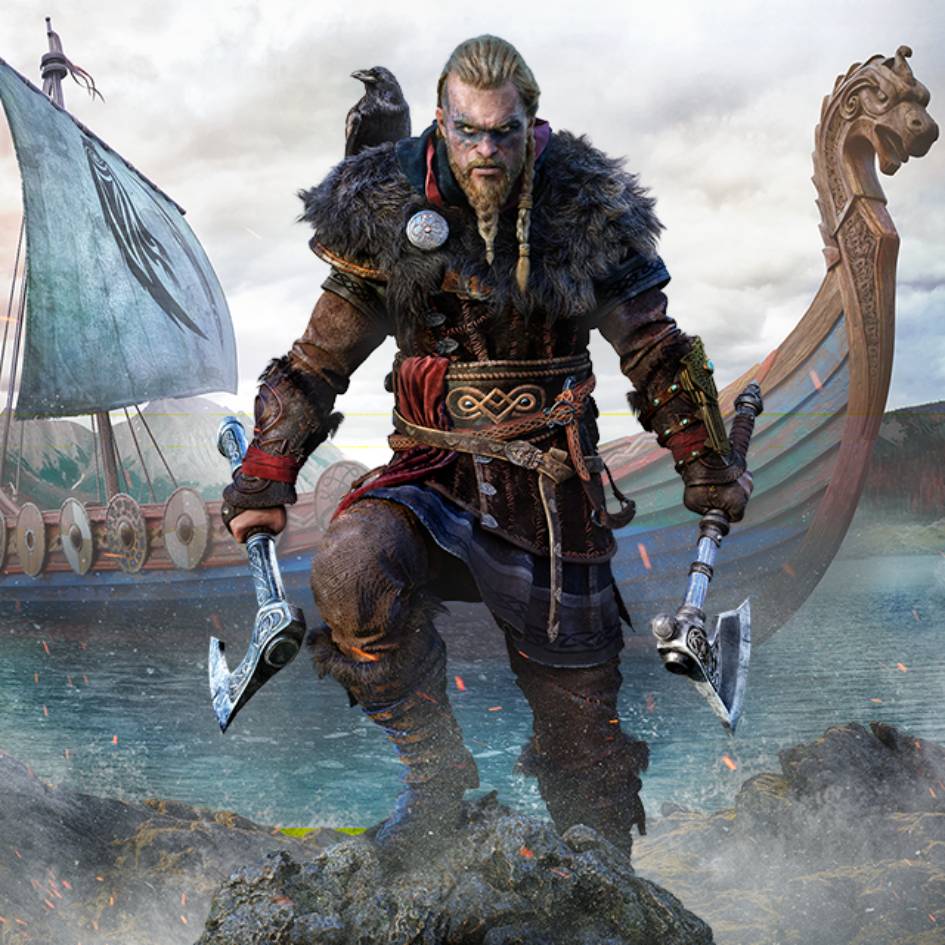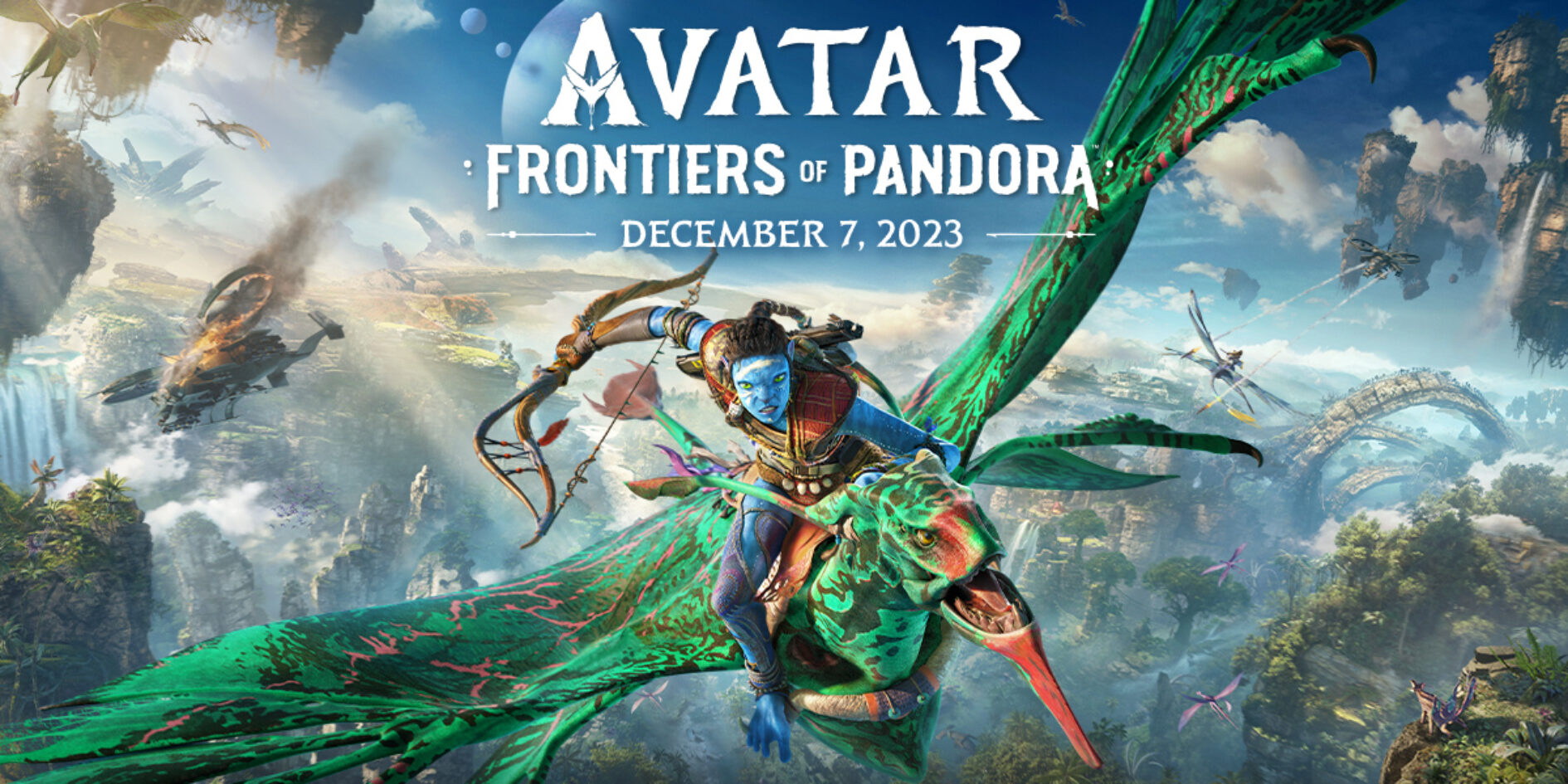
Damien Contreras
Damien Contreras joined Ubisoft straight from ESMA. He is still happily working for the same company.
A look back at your ESMA years
WHAT WAS YOUR BACKGROUND BEFORE COMING TO ESMA?
I drew from an early age until I was a teenager. At first, I wanted to become a concept artist. I wanted to work in film. I’d seen Star Wars extras, which made me dream. I went to university in Nîmes to study for a degree in Design and Applied Arts.
I chose ESMA because a colleague at university told me about the school. It was really word-of-mouth that made my decision. I took a chance.
WHAT WAS YOUR CAREER PATH AT ESMA?
At the time, it was the last 3-year class. It was a very, very intense course. We had a lot to learn in a short space of time. The good thing was that we had to give it our all. Our passion took us all the way, and we developed our own high standards.
HOW DID YOU FEEL ABOUT THE COURSE?
I had a few difficulties in certain subjects like rendering, even though I’d always thought that was my calling.
In the end, it was animation that attracted me and really appealed to me because of the staging aspect. As a child, I loved playing with figurines and toys, and animation was an extension of that.
With the graduation film, we really discovered the human side, and the collective work was really great. On the evenings when we were all working, the whole class helped each other out.
Your career path
WHAT WAS YOUR PROFESSIONAL IMMERSION LIKE AFTER GRADUATING FROM ESMA?
I went for interviews the day after the graduation film screenings. Things went well with Ubisoft Montpellier, even though they weren’t looking for animators at the time. They had a former employee in Annecy, and they were recruiting animators there, so I applied. I was recruited. I stayed in Annecy for a year. Now I’m in Montpellier on the cinematography team.
WHAT DOES IT INVOLVE AND WHAT DO YOU LIKE ABOUT IT?
We make movies, but with video game tools. We really work out the purely narrative parts. It’s not the player who’s playing at that point, it’s the truly cinematic moment when there’s a real staging with cameras and acting. This is the part that helps tell the story and move the narrative forward. What I like about it is that it reminds me of what I used to do when I was a kid. There’s the part where I play with my characters, placing them in the background, framing them, staging them.
HOW HAVE YOU EVOLVED WITHIN THE COMPANY? WHAT PROJECTS ARE YOU WORKING ON?
I found the right compromise between cinema and video games. I was quickly given responsibilities. I worked on Assassin’s Creed Valhalla, assisted the animation director on Far Cry 6, until I became supervisor on Ubisoft’s Avatar Frontiers of Pandora. Right now, I’m assistant supervisor animator on the Star Wars Outlaws game currently in production at Ubisoft.
WHAT SKILLS DO YOU NEED?
A lot of observation, because in motion capture we’re really working on a performance by an actor who’s been hired. Our job is to transcribe it as well as possible. That’s the animator’s job, and we have to understand from an anatomical point of view how it works to give the most faithful retranscription possible.
To conclude
HOW WOULD YOU JUDGE THE EVOLUTION OF CG ANIMATION?
From my point of view, what I notice about the relationship between video games and the industry is that we’re increasingly recognized for our quality. What’s great is that we’re starting to see films and series that use video game tools for their production. The further along we get, the more the line between the two becomes blurred. The further along we get, the closer we get. In the early days, video games drew a lot of inspiration from what cinema was doing to integrate its tools. Now that video games are so realistic, it’s the other way around: films use video game tools, which have huge advantages, especially when it comes to calculations. This makes it super-easy for them to create a set, for example. We’re seeing a lot of this in the Star Wars series. It’s going to continue!
WHERE WILL YOU BE IN FIVE YEARS’ TIME?
Still in Montpellier, still on the cinematography team at Ubisoft. I’ve been asked to become a full-time supervisor, but as an assistant I like to do both animation and meetings with the directors, so I can guide the animators I’m in charge of. This situation suits me fine!
AN ULTIMATE AMBITION?
I wouldn’t know. Right now, I’m never bored with so many different projects. I’m involved in everything. I’m not lacking anything in particular.
HAVE YOU WORKED WITH ESMA ALUMNI?
Yes! In Annecy, I worked with Thibaut Gambier. In Montpellier, the cinematic team recruited Théoline Chapas, Armand Rabuel, Léna Miguet and Marc Hugues, a classmate. We know that people who come out of Esma are efficient and serious. The team was created by an Esma alumna, Émilie Dugene. My supervisor is an Esma alumnus: Aurélien Peis. I took part in the Esma job fair at the beginning of September.
ADVICE FOR FUTURE STUDENTS…
You really have to be passionate about what you do. It’s a passionate profession, you have to be interested in everything and be open-minded. It’s important to discover all aspects of the profession, and that’s the advantage of a generalist training program like the one at Esma. You have to be open to criticism and question yourself. No one is an absolute genius, there’s always something to learn!






